Process automation means using tools to get work done without requiring people to do every step. Recent research by Gartner predicts that by 2025, 75% of organizations will use AI to enhance test automation. This change will speed up software delivery and improve its quality. Plus, a study by Capgemini reveals that AI-driven automation can reduce testing time by up to 50%. It also increases accuracy and reliability. These insights show how AI and machine learning are reshaping test automation. They enable companies to produce high-quality software faster and more effectively. Here, we’ll discuss how AI and ML are transforming business automation.
Listen to our Podcast: How AI and Machine Learning are Changing Process Automation
What is AI Process Automation?
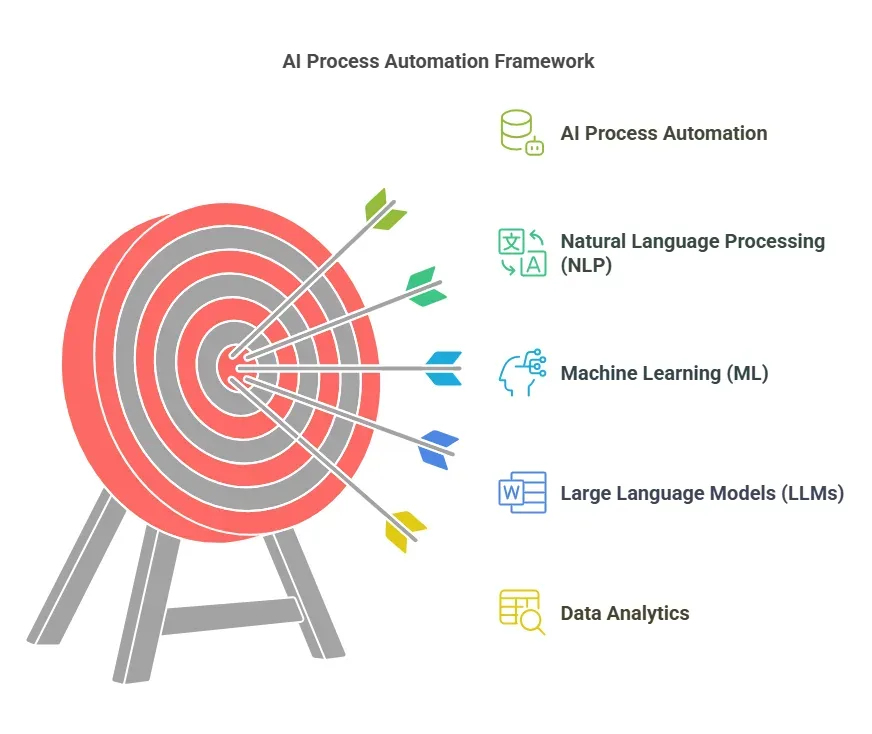
AI process automation means integrating AI into a company’s operations. AI encompasses several tools, including:
- Natural Language Processing (NLP): This tool helps computers understand spoken and written language.
- Machine Learning (ML): This allows computers to learn from data without explicit instructions.
- Large Language Models (LLMs): These are advanced programs that create text, translate languages, and answer questions.
- Data Analytics: This involves analyzing data to find patterns and make informed decisions.
By employing these AI tools, companies can improve their workflow and efficiency.
Want to learn more about AI automation? Read our guide on AI Automation: What It Is & How to Use It.
Benefits of AI Process Automation
AI process automation provides three key advantages:
1. Predictive AI:
This type of AI examines past data to forecast future events. It identifies potential issues in workflows and addresses them before they escalate.
2. Generative AI:
This AI can write new computer code or improve existing code with simple instructions.
3. Assistive AI:
This AI aids people in making decisions, especially in complex situations. For instance, it can respond to customer inquiries or suggest ways to enhance a complete process.
Discover how AI is transforming businesses in our article on How AI Automation is Changing How Businesses Work.
How Machine Learning Helps Process Automation
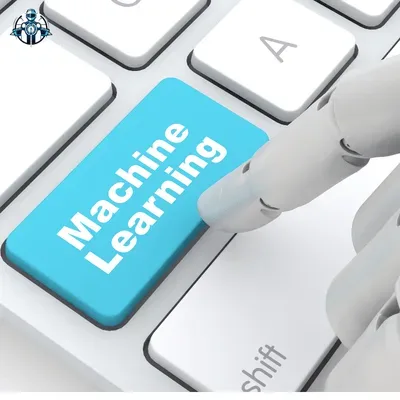
Machine learning helps computers learn and make decisions without specific instructions. This technology allows robots to perform tasks that previously required human judgment. AI also verifies information, organizes data, offers better insights for businesses, and improves automated processes.
ML works by analyzing large amounts of data to create mathematical models. This method is useful for making predictions or decisions based on past information. Unlike simple instructions, ML learns and adapts to find solutions.
AI and automation are not the same. Find out the key differences in What is the Difference Between AI and Automation?.
Benefits of AI in Process Automation

AI process automation brings many advantages to businesses across different sectors. It helps them save money, increase productivity, and foster innovation.
For example, companies can use AI process automation to:
1. Speed up Workflows:
AI can quickly turn ideas into actionable plans. It tests computer code efficiently and learns from past experiences to suggest improvements. Additionally, AI identifies computer commands and creates necessary connections to enhance performance.
Chatbots and virtual assistants are changing customer service. Learn more in AI-Powered Chatbots and Virtual Assistants: How They Work and Why They Matter.
2. Streamline Operations:
AI tools can take on tasks in a workflow, ensuring smoother processes. By understanding the context, AI makes smart decisions about where to direct tasks and information.
Overall, AI is crucial for modernizing business automation, as it boosts efficiency, accuracy, and adaptability.
Confused about AI Automation vs. RPA? Get the full breakdown in AI Automation vs. RPA: Key Differences and Use Cases.
Examples of AI and ML Solutions for Process Automation
AI and ML can automate work through things like:
- Robotic Process Automation (RPA): Uses computer robots to do tasks that people usually do.
- Natural Language Processing (NLP): Helps computers understand and use human language.
- Predictive Analytics: Uses information to guess what will happen in the future.
- Machine Vision: Let computers see and understand images.
- Speech Recognition: Allow computers understand spoken words.
Boost your marketing with AI! Explore AI-Powered Marketing Automation: What You Need to Know.
Here are more ways AI and ML can help automate work:
- NLP for Chatbots and Voice Bots: Helps computers understand what people say and give the right answers.
- Computer Vision: Uses computer vision to recognize images. For example, RPA can use computer vision to find things on a screen when it can’t find them in the usual way.
- Process Mining: Uses machine learning to look at how things are done and find different ways to do them.
- Intelligent Document Processing (IDP): Takes information from papers and images.
Ready to adopt AI automation? Follow our Step-by-Step Guide to Implementing AI Automation.
How to Make Machine Learning Work Better
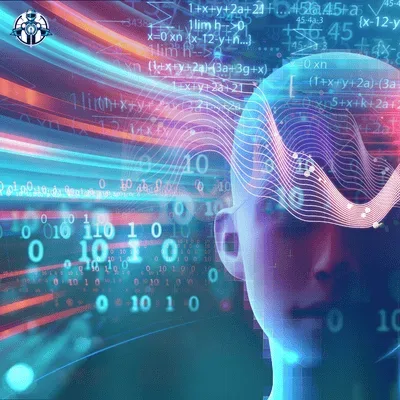
Machine learning automation accelerates ML processes. Otherwise, these processes might take months to complete.
ML automation tools increase the speed of ML tasks. Sometimes, this means automating specific jobs, like selecting the best model. Other times, it involves streamlining the entire ML process.
Looking for AI tools for testing? Check out Top 8 AI Automation Tools for Testing in 2025.
Here are actions you can take with ML automation:
- Improve Visibility: Share computing resources for smoother operations.
- Eliminate Delays: Allocate sufficient computing power to prevent slowdowns.
- Gain Control: Adjust the distribution of computing power to ensure every task receives adequate resources.
Machine Learning Algorithms in Business
ML tools can make work flow better and help save money. Companies that use smart automation can do 30% more work and save a lot of money. By adding ML to automation, companies can make tasks easier, make better choices, and find new ways to grow.
Streamline operations with AI. Read AI Workflow Automation for Business 2025 to learn more.
ML algorithms are changing business process automation in areas like:
- Data Capture: Getting information from different places.
- Predictive Analytics: Guessing what will happen in the future.
FAQs
How can AI and machine learning be used for automation?
AI and machine learning boost automation. They allow systems to carry out tasks that once needed human help. This leads to greater efficiency and better decision-making.
How is AI changing automation?
AI transforms automation by helping machines learn from data. These machines adapt to new information and make choices on their own. As a result, processes become smoother and faster.
How is AI used in process automation?
In process automation, AI improves workflows. It analyzes data, predicts results, and automates repetitive tasks. This approach boosts productivity.
How do AI and machine learning support industrial automation?
AI and machine learning enhance industrial automation. They create smart manufacturing systems that can optimize themselves, foresee maintenance needs, and elevate overall efficiency.
Final Words
AI and ML are making a big difference in process automation. They help businesses make smarter choices, avoid mistakes, and change quickly. By using AI and ML, companies can save money, do more work, and find new ways to be successful.

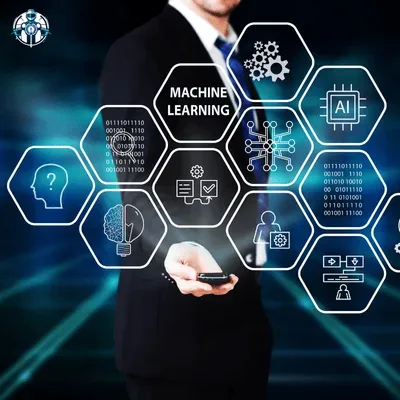



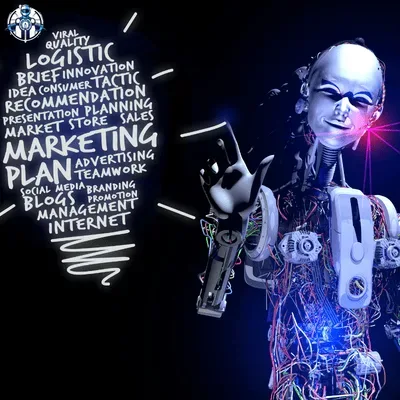
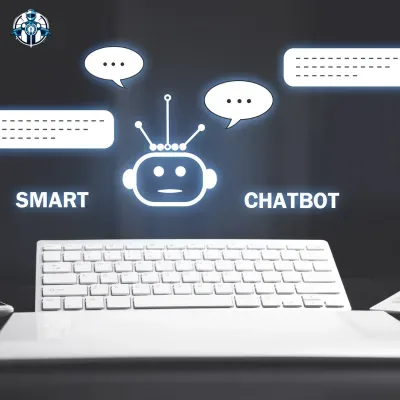


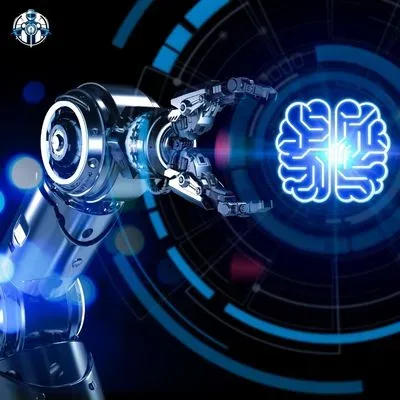
5 thoughts on “What is Artificial Intelligence (AI) Automation? A Complete Guide for Beginners”
Super insightful and easy to digest! The whole “AI vs. automation” debate finally makes sense. It’s cool how AI can actually learn and improve over time, while automation just does its thing on repeat. I guess the sweet spot is blending both for max efficiency. Looking forward to more deep dives on this stuff!
This was a solid read! AI and automation get tossed around like they’re the same thing, but this really clears it up. AI’s got that brain power, while automation is more like a reliable workhorse.